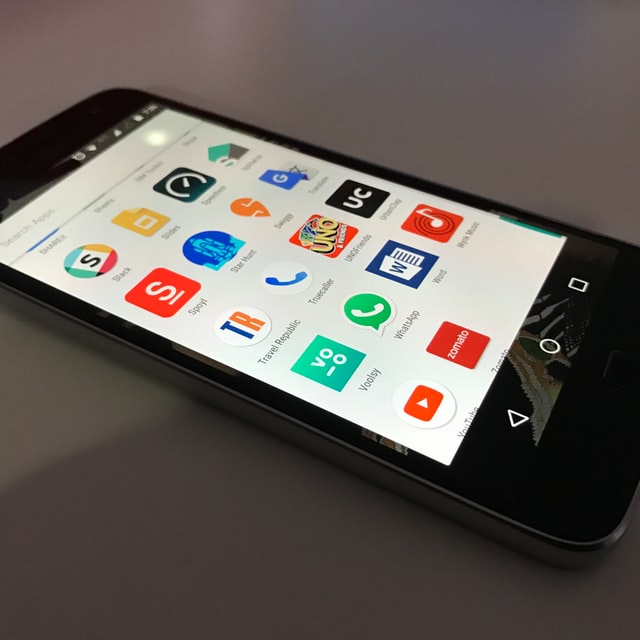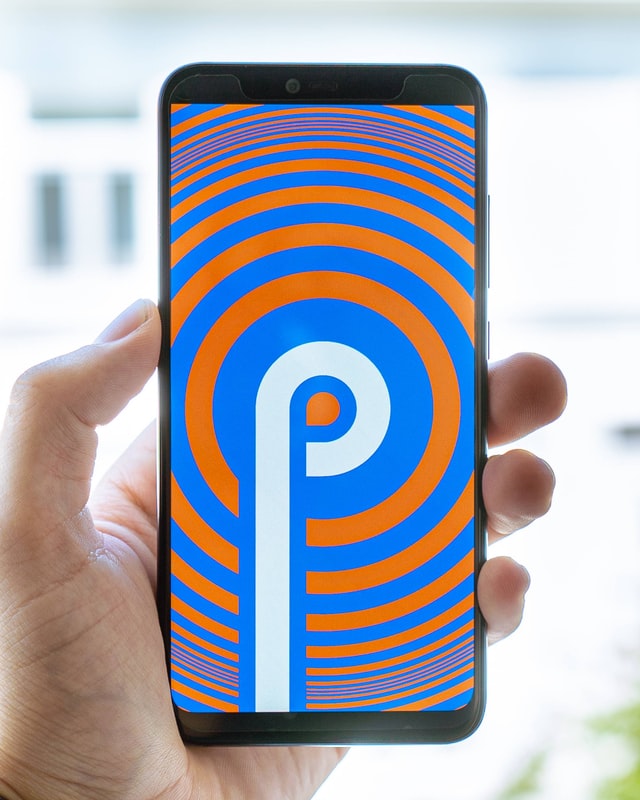
I’m sure you’ll agree with me that it’s usually best to stick to the latest Android upgrades. However, some users may find that the up-to-date versions are not really for them, or they simply want to stick to the older versions. If that’s you, here are a few ways you can downgrade your Android version.
Downgrading the Android versions of some devices is practically impossible. And if you do manage to downgrade your Android version successfully, you’ll have to deal with bugs fixed on the latest update, missing out on new features because of the downgrade.

What To Do Before Downgrading Your Android Version
Backup your data
The best place to backup your data is on the cloud rather than an SD card. For pictures and videos, you can back them up on Google Photos. Be ready to lose your entire call history, message history, or any game progress that’s not cloud-synced.
Download the correct firmware image.
Once you begin flashing your Operating System, there’s no going back. So you should check the version of Android that you’re using and find the correct previous version that you’re downgrading to.
For Nexus and Pixel users, you can find the correct factory image for the previous Android version to install in Google’s list of factory images. For other smartphone users, you can find and download the factory image online or from developer forums.

Have an original OEM USB cable
You’ll use it to connect the phone to your computer. In case you lost your original USB cable, borrow a cable from a user with the same smartphone model as you or find a high-quality cable. Using a low-quality USB cable increases the chances of failure.
- Install an Android SDK (Software Development Kit) Platform Tools
Platform tools are available for Windows and Linux. Also, ensure ADB and Fastboot commands work on your machine.
Unlock your phone’s bootloader
This is the program responsible for loading your device’s operating system, and it determines which applications should run during the startup process.
- Install the correct device drivers on your computer.
- Have a program that can handle .tgz and .tar files such as 7zip.
- Fully charge your device before you begin the downgrading process.
Understanding the Downgrading Process
The process of downgrading Samsung Android versions isn’t for the faint-hearted. The first thing you’ll need to do is flash a previous version of the device’s bootloader. This is because OS updates also upload the bootloader to a newer version.
If you’re unsure of what you’re doing, it’s best to stop here and stick to your current Android version since the process of flashing a bootloader can’t be rolled back.
Once you flash the bootloader incorrectly, there’s no means to go back to the previous version. In worst-case scenarios, your phone will be bricked, becoming unusable.
Nevertheless, if you know what you’re doing or you’re ready to risk it all, go ahead and flash the bootloader. Once you install a factory image, all your data will be erased from the device unless you sideload the full OTA (Over-the-air) image.
Sideloading your full OTA image will keep your data and won’t unlock the bootloader, but it still has the same effect as flashing the factory image.
How to downgrade your Android version
Only proceed if you’re sure of what you’re doing. If you miss a step, your device may brick.
- Ensure your developer options are turned on. You can do this by going to ‘About Phone’ in Android settings and tapping on ‘Build Number’ seven consecutive times.
- Under developer options, enable USB debugging and OEM unlock.
- Switch off your phone, then boot it into bootloader mode. For most phones, just hold the power button and volume down button at the same time.
- Take your smartphone and connect it to your computer via a USB cable.
- Go to the command prompt on your computer, right-click and run it as administrator then start ADB.
- Got to the command prompt window and type fastboot devices. If you’ve done everything correctly, you should see your phone’s serial number listed.
- Open 7zip or any other program that can handle .tgz and .tar files. Use it to extract .tgz and .tar files from the factory image. You’ll see a folder created containing a number of files in it.
- Select all the files in the newly created folder and copy them. Open the Android SDK folder on your PC and paste the files in the platform-tools folder.
- For Windows users, double click the flash file labeled “Windows Batch File” with a gear logo. For Linux users, double click flash-all.sh.
- You’ll see a new pop up window that indicates installation progress. Do not attempt to unplug your device for whatever reason lest it becomes bricked.
- Your device will automatically reboot into the downgraded Android version once the installation is complete.
Alternatives to Downgrading
In case you can’t seem to find a way to downgrade your Android version, all hope is not lost. You’ll need to install a Custom ROM (Read Only Memory), but once you do that, you’ll void your warranty and miss out on security patches from your official device manufacturer.

Custom ROMs are developer made third-party Android versions similar to the stock ROMs or official firmware.
Don’t get me wrong — installing a Custom ROM is not easier than downgrading your Android version. However, it’s the best alternative when downgrading your Android version proves difficult. You can find a Custom ROM from independent Android developer sites such as XDA developers.
You can go ahead and install the Custom ROM once you’ve downloaded it.
The Downgrading Experience
Many smartphone companies have made it difficult to downgrade Android versions by introducing Application Programming Interfaces that are not backward compatible. Some crucial apps might even fail to work once you downgrade your Android version. So you’ll need to install custom third-party applications.
Downgrading Android versions for Google Pixels is fairly easy since you can unlock the bootloader easily. However, some smartphone companies don’t like sharing installable versions of their Operating Systems, making it very difficult to unlock and downgrade their devices. Check online and try to find an older version of the OS from users having the same model – otherwise, it’ll be a tough process.



Join The Discussion: